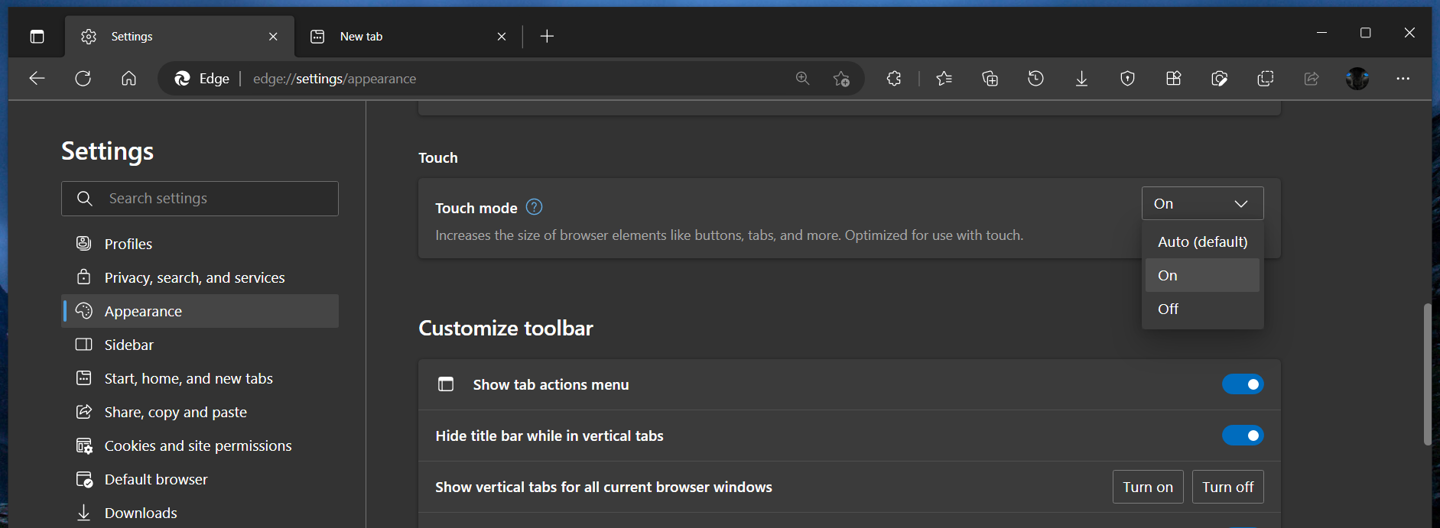zabbix中snmp-traps设置解析如下:
It works something like this:

(SNMP Trap) -> snmptrapd -> snmptrap.sh -> zabbix_sender -> (Zabbix)

Basically, the point of snmptrap.sh is to translate a SNMP trap into a Zabbix trap

在/etc/snmp/snmptrapd.conf文件添加
traphandle default /bin/bash /path/to/zabbix/bin/snmptrap.sh
启动snmptrapd服务:
snmptrapd -C -c /etc/snmp/snmptrapd.conf -Lf /var/log/net-snmptrap.log
Now edit /path/to/zabbix/bin/snmptrap.sh. If not found, check the zabbix source tree, and
copy it to the zabbix/bin directory. For my application the following lines work great:
####### Begin snmptrap.sh #########
## GENERAL CONFIGURATION
ZABBIX_SERVER="zabbix-host"; # hostname of zabbix server
ZABBIX_PORT="nnnn"; # nnnn=same as 'Listen Port' in zabbix_server.conf
ZABBIX_SENDER="/path/to/zabbix/bin/zabbix_sender"; # insert you path
## END OF GENERAL CONFIGURATION
#According to the snmpdtrapd.conf man page, these
# fields should be received in the following order:
read hostname
read ip
read uptime
read trapoid
read payload
# there may be several more payload fields, but one is all I need.
# read more if it suits you.
hostname=`echo $hostname|cut -f1 -d'.'` # trim off the fluff
trapoid=`echo $trapoid|cut -f3 -d' '` # ditto
# I don't need uptime or ip right now ...
payload=`echo $payload1|cut -f3- -d' '` # ditto ditto
### This section records all traps under a 'dummy' host in zabbix, for debugging
### Delete if you don't need to do this.
### I use it to verify the OID of traps before using them as keys on specific hosts
# create a string to send to zabbix.
str="HOST=$hostname TRAP OID=$trapoid PAYLOAD=$payload"
# now set the key and host name for zabbix
KEY="alltraps";
HOST="trapperjohn";
#now call the zabbix_sender program with all parameters.
$ZABBIX_SENDER $ZABBIX_SERVER $ZABBIX_PORT $HOST $KEY "$str"
### End dummy host section
### This section records traps for specific for specific hosts.
### Edit as needed for you situation.
KEY="$trapoid";
HOST="$hostname";
str="$payload";
$ZABBIX_SENDER $ZABBIX_SERVER $ZABBIX_PORT $HOST $KEY "$str"
######### End snmptrap.sh ###########
#p#
调试可:
echo $ZABBIX_SENDER $ZABBIX_SERVER $ZABBIX_PORT $HOST:$KEY "$str" > /tmp/testtrap.txt
测试:
snmptrap -v1 -cpublic localhost .1.3.6.1.6.3.1.1.5.2 0 0 "" "" .1.3.6.1.4.1 s "aaa"
在zabbix服务器端:
1. Added host:
name=snmpTraps
ip address = (didn't enter an ip address)
port = 10005 (port which zabbix server is on) - do i need to set this to 162?
Set status to monitored....didn't add anything else eg IP address, group etc
2. Added item to host (i.e to snmpTraps)
key=snmpTraps
type=zabbix trapper
type of info=numeric
store value=As is
Allowed host= (i have left this line blank)
手动起来完成了zabbix中snmp-traps设置环节,我们就可以配置其他zabbix了!
【编辑推荐】
(责任编辑:时尚)
信用购关闭后还能开通吗 征信上的信用购基本借贷记录会一直存在吗?
 花呗升级变成“花呗|信用购”后,很多人对新增加的信用购这个消费信用贷款并不感冒,打算把信用购关闭掉,可是考虑以后可能还会用上信用购,就想知道信用购关闭后还能开通吗,这里就给大家
...[详细]
花呗升级变成“花呗|信用购”后,很多人对新增加的信用购这个消费信用贷款并不感冒,打算把信用购关闭掉,可是考虑以后可能还会用上信用购,就想知道信用购关闭后还能开通吗,这里就给大家
...[详细] 昨日晚间,陌陌(纳斯达克股票代码:MOMO)CEO唐岩提交了13D文件。文件显示,阿里巴巴加入了陌陌私有化交易的买方团。这一消息促使陌陌股价大幅上涨。截至收盘,陌陌股价大涨33.64%,报16.09美
...[详细]
昨日晚间,陌陌(纳斯达克股票代码:MOMO)CEO唐岩提交了13D文件。文件显示,阿里巴巴加入了陌陌私有化交易的买方团。这一消息促使陌陌股价大幅上涨。截至收盘,陌陌股价大涨33.64%,报16.09美
...[详细]Windows上创建的文件,上传到Linux服务器,文件名乱码?
 Windows上创建的文件,上传到Linux服务器,文件名乱码?作者:刘光录 2022-11-10 15:17:43系统 Linux 先来说一下问题,在 Windows 下创建的一系列文件,上传到 L
...[详细]
Windows上创建的文件,上传到Linux服务器,文件名乱码?作者:刘光录 2022-11-10 15:17:43系统 Linux 先来说一下问题,在 Windows 下创建的一系列文件,上传到 L
...[详细] 一般来说,FPS 竞技游戏中武器平衡一般改动的都是数值,例如后坐力、伤害,或是大逃杀类别中的武器生成概率,而不是武器的皮肤。但是《Apex英雄》开发商重生工作室最近通过官方博客公告通知,游戏中的平行步
...[详细]
一般来说,FPS 竞技游戏中武器平衡一般改动的都是数值,例如后坐力、伤害,或是大逃杀类别中的武器生成概率,而不是武器的皮肤。但是《Apex英雄》开发商重生工作室最近通过官方博客公告通知,游戏中的平行步
...[详细]嘉里物流(00636.HK)因购股权获行使发行8万股 每股发行价10.2港元
 嘉里物流(00636.HK)公告,于2021年3月9日,因公司附属公司的董事行使购股权而发行8万股,每股发行价10.2港元。
...[详细]
嘉里物流(00636.HK)公告,于2021年3月9日,因公司附属公司的董事行使购股权而发行8万股,每股发行价10.2港元。
...[详细]微软开始测试 Windows 11/10 Edge 浏览器专用触摸模式
 微软开始测试 Windows 11/10 Edge 浏览器专用触摸模式作者:潇公子 2022-11-08 19:11:27系统 浏览器 微软目前正在测试 Edge 浏览器的新触摸模式,目的是使浏览器为
...[详细]
微软开始测试 Windows 11/10 Edge 浏览器专用触摸模式作者:潇公子 2022-11-08 19:11:27系统 浏览器 微软目前正在测试 Edge 浏览器的新触摸模式,目的是使浏览器为
...[详细] 今日(9月16日)大宇资讯正式公布了《大富翁11》,这是《大富翁》系列新作,预计于2022年第四季度登陆Steam和Switch平台。策略益智游戏《大富翁》系列于1989年推出第一代,采用回合制玩法,
...[详细]
今日(9月16日)大宇资讯正式公布了《大富翁11》,这是《大富翁》系列新作,预计于2022年第四季度登陆Steam和Switch平台。策略益智游戏《大富翁》系列于1989年推出第一代,采用回合制玩法,
...[详细] 啥是 MySQL 事务隔离级别?作者: SH的全栈笔记 2021-07-26 10:28:13数据库 MySQL 如果我们使用的 MySQL 存储引擎为 InnoDB ,并且其事务隔离级别是 RR 可
...[详细]
啥是 MySQL 事务隔离级别?作者: SH的全栈笔记 2021-07-26 10:28:13数据库 MySQL 如果我们使用的 MySQL 存储引擎为 InnoDB ,并且其事务隔离级别是 RR 可
...[详细] 今日早盘,截至11:00,6G概念板块下挫。*ST华讯(000687CN)跌4.86%报1.76元,亚光科技(300123CN)跌2.02%报9.22元,信维通信(300136CN)跌1.76%报27
...[详细]
今日早盘,截至11:00,6G概念板块下挫。*ST华讯(000687CN)跌4.86%报1.76元,亚光科技(300123CN)跌2.02%报9.22元,信维通信(300136CN)跌1.76%报27
...[详细] 使用 nmap 扫描目标网站中的端口作者:刘光录 2022-11-09 08:43:42系统 Linux 这是一个选项非常多的程序,不过我们本文的重点并不是介绍如何使用 nmap,而是介绍扫描端口的各
...[详细]
使用 nmap 扫描目标网站中的端口作者:刘光录 2022-11-09 08:43:42系统 Linux 这是一个选项非常多的程序,不过我们本文的重点并不是介绍如何使用 nmap,而是介绍扫描端口的各
...[详细]